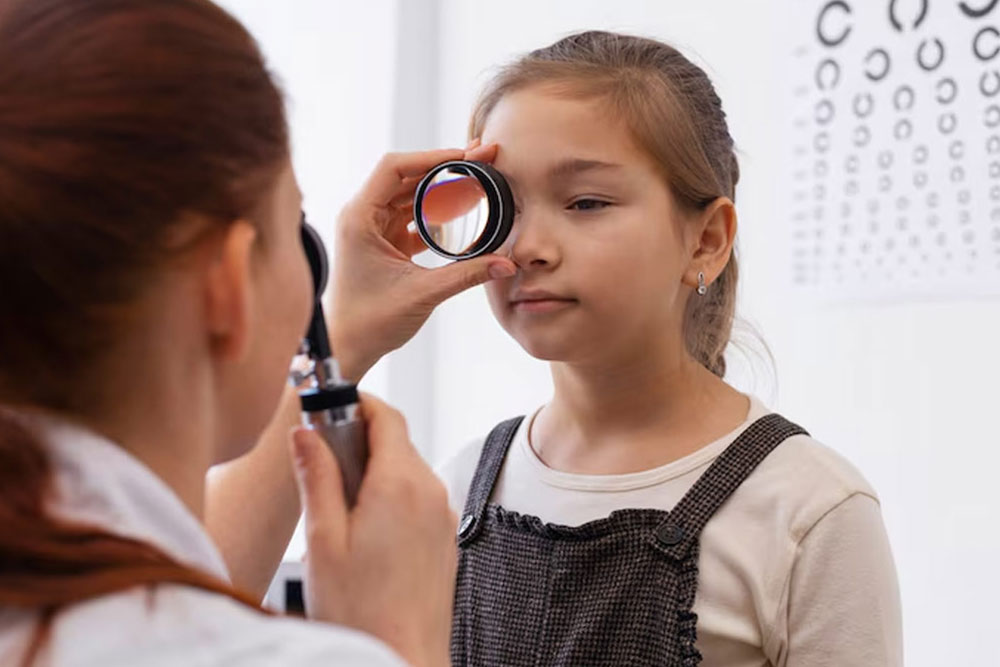Lazy Eye: Amblyopia

At Dr. Shakeen Eye & Dental Hospital, we specialize in the diagnosis and treatment of Lazy Eye (Amblyopia), a condition that affects vision development in children and sometimes persists into adulthood. If left untreated, it can lead to permanent vision impairment in one eye. Our expert ophthalmologists provide personalized and effective treatment options to correct amblyopia and help patients achieve optimal vision clarity.
What is Amblyopia (Lazy Eye)?
Amblyopia, commonly known as Lazy Eye, is a vision disorder where one eye fails to develop properly during childhood. This occurs when the brain favors one eye over the other, leading to reduced vision in the weaker eye. Over time, if left untreated, the brain may completely ignore signals from the weaker eye, causing long-term vision loss.
Why Choose Dr. Shakeen Eye & Dental Hospital?
Experienced Pediatric Eye Specialists
With expertise in treating amblyopia, our specialists provide comprehensive care tailored to each child’s needs.
Personalized Treatment Plans
For children and adults, we design customized therapies based on the severity of amblyopia.
Advanced Vision Therapy Programs
Tailored for effective recovery, our therapy programs include specialized eye exercises, digital vision training.
Causes of Lazy Eye (Amblyopia)
- Strabismus (Eye Misalignment): A condition where one eye turns inward, outward, upward, or downward, preventing both eyes from working together.
- Cataracts or Cloudy Lens: A congenital or developmental cataract that blocks light from entering the eye, leading to underdevelopment of vision.
- Droopy Eyelid (Ptosis): A drooping eyelid can obstruct vision in one eye, leading to lazy eye development.
Symptoms of Lazy Eye
- One eye wandering or turning in a different direction.
- Frequent squinting or closing one eye to see clearly.
- Tilting the head to use the stronger eye.

Don’t Ignore Lazy Eye – Early Treatment Can Restore Vision!
If you notice signs of lazy eye in your child or yourself, seek professional care immediately. Book a consultation today at Dr. Shakeen Eye & Dental Hospital for expert diagnosis and effective treatment!
